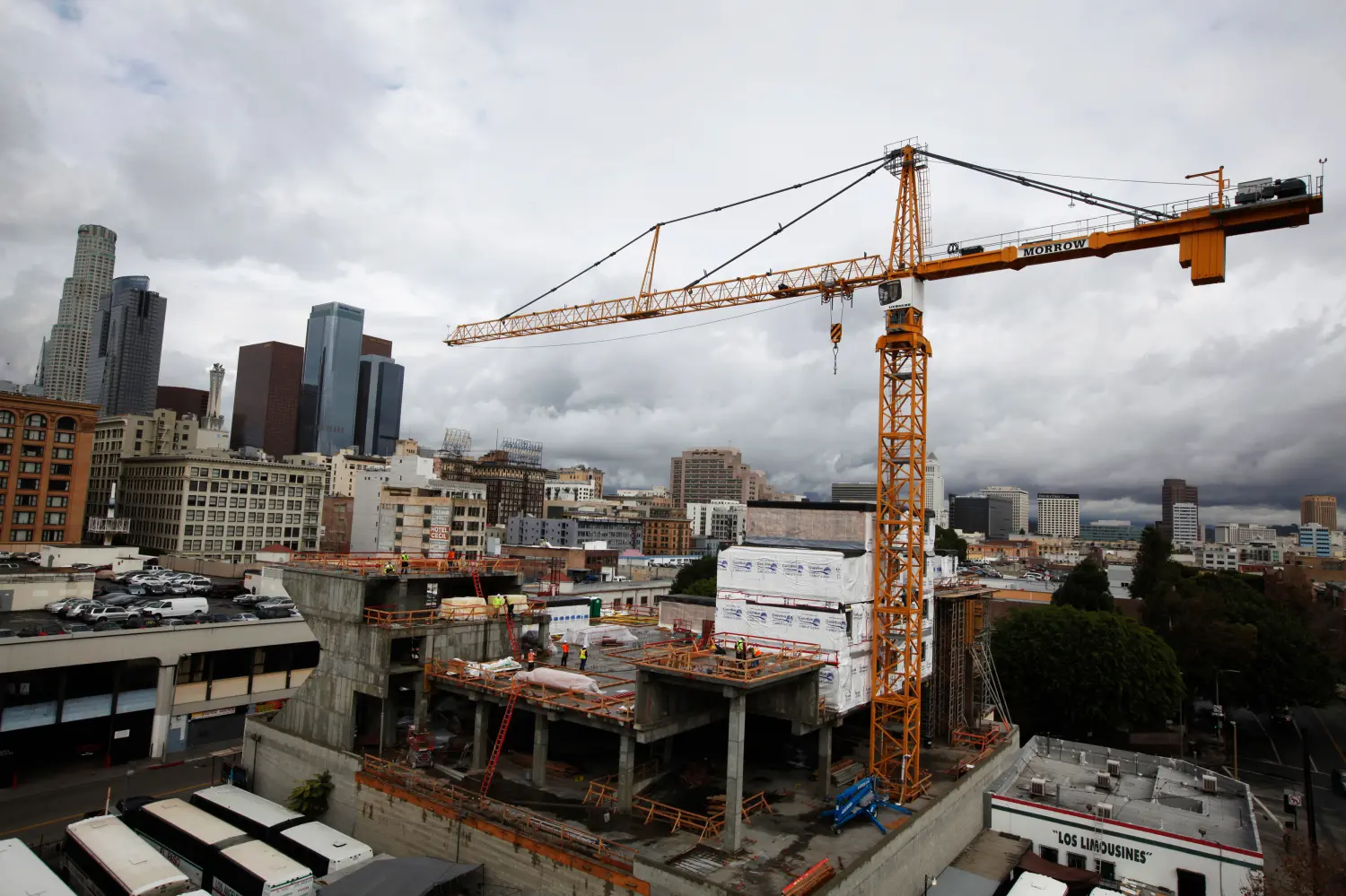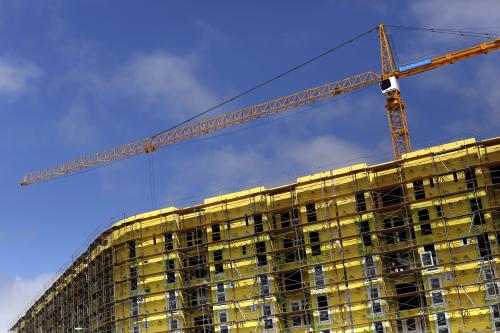Congress created Opportunity Zones to funnel investment to economically distressed neighborhoods, in its 2017 tax bill. Opportunity Zones offer favorable capital gains treatment for taxpayers who invest in designated low-income communities. While the program was intended to target distressed areas, eligibility was broad—57 percent of all neighborhoods in America qualified—and not all were truly distressed. State governments, which had broad discretion to select from qualifying areas, faced a conflict between selecting deeply distressed areas versus already improving or gentrifying areas that were more likely to provide tax benefits to investors.
We now have a complete list of all areas designated as Opportunity Zones. Some are areas clearly in distress. Others, not so much. That’s a problem for the program’s impact; poor geographic targeting reduces the impact of the program and limits the benefits that accrue to poor residents. While federal criteria helped direct state’s choices to relatively disadvantaged places, in some cases states sought loopholes or picked places that did not need the help. And regulations released in October 2018 allow as much as 30 percent of Opportunity Zone funds to be invested outside of qualified Zones.
As one illustration, some neighborhoods were eligible to be picked as Opportunity Zones because they are college towns, with large numbers of students that make the neighborhood appear poor, even when clearly not disadvantaged. Dozens of neighborhoods that weren’t poor but had many college or graduate students were picked.
| College towns picked as Opportunity Zones | ||
|---|---|---|
| Fraction enrolled in college | Poverty Rate | |
| University of Southern California | 99% | 88% |
| Indiana University of Pennsylvania | 99% | 90% |
| Illinois State University | 99% | 87% |
| Liberty University | 97% | 49% |
| California State University, Northridge | 96% | 65% |
How can policymakers make sure place-based policies, like Opportunity Zone, really provide investment in communities and people that need it? In “Learning from Opportunity Zones: How to improve place-based policies” (PDF), Hilary Gelfond and Adam Looney offer four recommendations for improving place-based programs.
1. Target incentives towards the right places
The good news is that on average, states selected relatively disadvantaged areas for their OZs. The average poverty rate of selected zones was 29 percent (in 2016), compared to an average poverty rate nationwide of 15 percent and the intended statutory threshold rate of 20 percent. However, 24 percent of selections were areas with relatively low poverty rates (below 20 percent). And some states used their picks to select zones that were, on average, better off than the low-income areas they skipped over.
One solution to this problem is for legislators or regulators to define economic distress more accurately, to raise the threshold for what qualifies as distressed, and limit state governments’ ability to pick non-poor areas.
A second solution is to improve the data that policymakers use to identify economic distress. Opportunity Zones were selected using data from the American Community Survey (ACS) from 2011 to 2015 to determine qualifying status, and then gave states the option to use the later 2012 to 2016 iteration. This meant not only that the data were stale, but also that states could use their own, recent appraisal of economic conditions to pick places that were already on the up and up.
2. Use Appropriate Financing, Monitor Compliance, and Mandate Transparency
The design of the program’s tax subsidy is also likely to constrain the benefits to poor residents. Eligibility for Opportunity Zone tax benefits is limited to investors with pre-existing capital gains and those who expect to face future capital gains taxes.1 That means few Americans will qualify. According to the Federal Reserve Board, only 18 percent of households hold financial assets with an unrealized capital gain, and the median capital gain among those who do is $5,000 (Survey of Consumer Finances 2016, Table 10). And, in 2018, Tax Policy Center estimates suggest that only 5.8 percent of Americans will pay any tax on capital gains.2 The new archipelago of domestic tax havens will surely attract investment from those investors who do hold substantial sums of unrealized gains. Few federal policies feature such large, uncapped tax subsidies with so few limits on how those subsidies can be used.
Because the Opportunity Zone program is run through the tax code and the benefit is in the form of capital gains, this means that it will be impossible to know how many individuals are investing in Opportunity Funds and how much, which Zones (and which business activities) they are investing in, what it might cost other taxpayers, and whether it is being abused.
Treasury and IRS should require Opportunity Funds to report their activities—how much investment capital they have raised, to which zones are they directing their investments, and in what kinds of business activities they investing.
3. Apply Adequate Guardrails
Opportunity Zones have few guardrails at the federal level. The rules exclude certain ‘sin’ business from benefitting from the tax treatment, and require that investors make substantial new investments or improvements to property they purchase. But otherwise there is little to direct federal subsidies. Regulations will also allow investors to roll gains into the funds and hold them for as long as 30 months without investing them in qualifying investments (provided they have a plan for making qualifying investments), offering considerable flexibility for individuals who want to or are forced to realize large gains to defer and reduce their tax burdens.
It is instead incumbent on states and localities to direct investment. Although they can then use tools that they’ve used before—zoning, local hiring requirements, property or other tax incentives, preservation, assistance to homeowners—there is less leverage than if the federal program instituted rules directing the investments to those more likely to benefit local constituents.
4. Evaluate
It is possible that Opportunity Zones will end up being costly, regressive, and ineffectual. But they are likely to be popular regardless because the benefits accrue to local projects, and local policymakers can claim credit—in the same way earmarks are popular. If we don’t evaluate programs rigorously, clearly they are going to look like they work—even if they don’t. And that threatens the efficacy not just of the Opportunity Zone program itself but the capacity to improve the next round of place-based programs.
To read a more thorough analysis of the selected Opportunity Zones, you can download the full report here.







